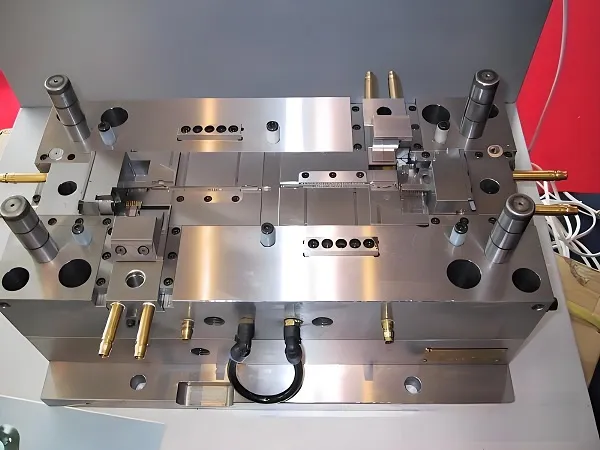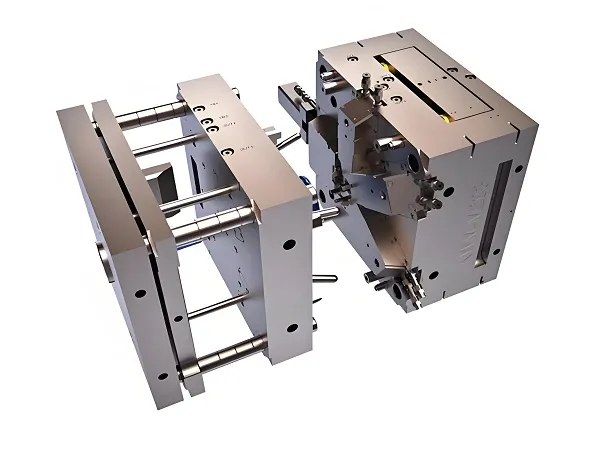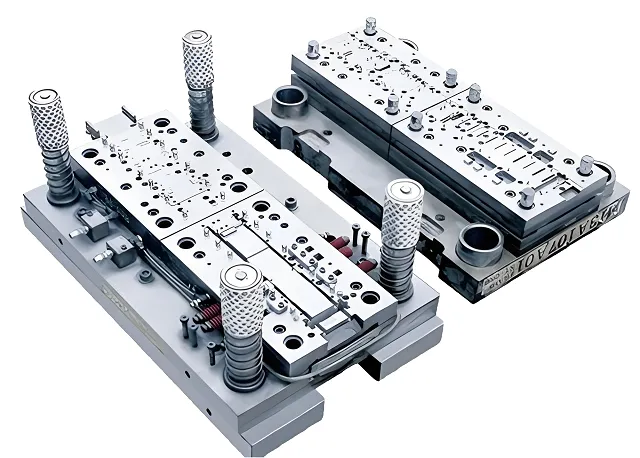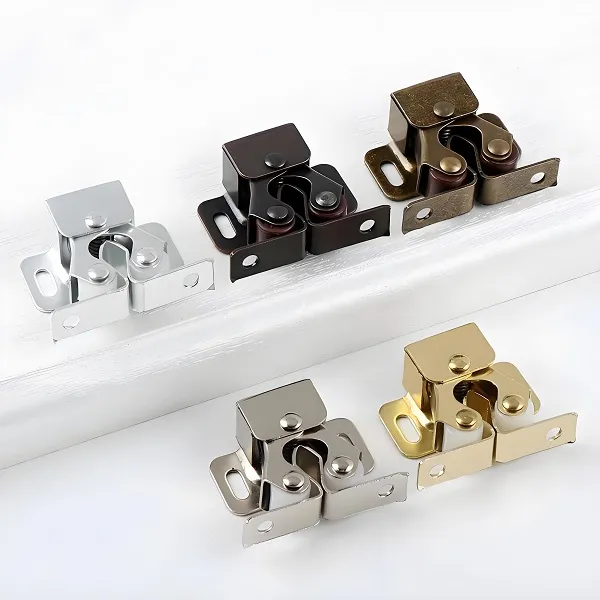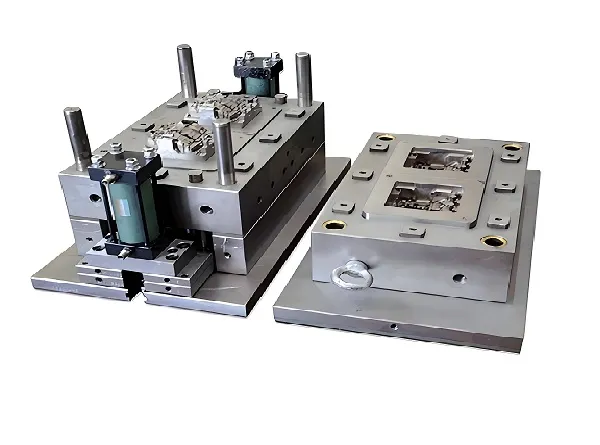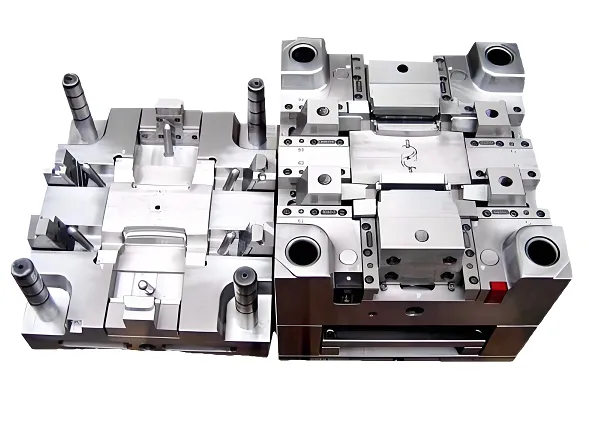I. Introduction
The aerospace field has extremely high requirements for the precision, quality and performance of parts. CNC machining technology plays a key role in meeting these requirements. This article will detail various aspects of CNC machining manufacturing of aerospace parts, including machining essentials, material selection, processing techniques for different parts, customization requirements, processing equipment, processing techniques, operation specifications and frequently asked questions.
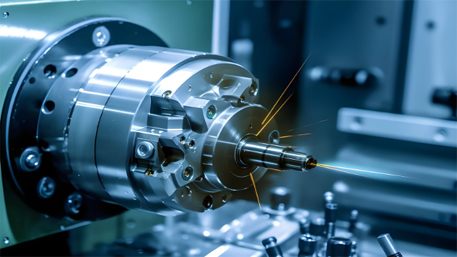
II. Machining Essentials
Precision Control: Aerospace parts usually require high precision, and the dimensional tolerance may be at the micrometer level. Therefore, during the machining process, the positioning accuracy, repeat positioning accuracy of the machine tool and the wear of the tool should be strictly controlled.
Surface Quality: The surface of the parts should be smooth, without scratches, burrs and residual stress to reduce air resistance and improve fatigue life.
Cutting Parameter Optimization: Based on the material characteristics and tool performance, reasonably select the cutting speed, feed rate and cutting depth to improve the machining efficiency and quality.
III. Materials
Aluminum Alloys: They have low density, high strength and good corrosion resistance, and are often used in aircraft structural parts.
Titanium Alloys: They have high strength, high temperature resistance and good corrosion resistance, but are more difficult to machine.
High-temperature Alloys: Such as nickel-based alloys, they are suitable for high-temperature components of engines.
Composites: Such as carbon fiber reinforced composites (CFRP), they have high strength and lightweight characteristics, but require special treatment during machining.
IV. Processing Techniques for Different Parts
Thin-walled Parts: Use small cutting force, high rotational speed and small feed rate to prevent deformation. Use vacuum adsorption or special fixtures to provide uniform support.
Complex Curved Surface Parts: Utilize five-axis linkage machining centers and generate optimized tool paths through CAM software to ensure surface accuracy.
Deep Hole Parts: Select appropriate drills and boring tools, and use peck drilling and internal cooling for chip removal and cooling.
V. Customization
Personalized Design: Design unique part shapes and structures according to the specific needs of aircraft or spacecraft.
Small Batch Production: The aerospace industry usually requires small batches and diversified parts, so the machining process should be flexible.
VI. Processing Equipment
High-precision Five-axis Machining Centers: They can achieve the machining of complex shapes and ensure the accuracy in multiple directions.
High-speed Milling Machines: Improve machining efficiency and are suitable for rapid cutting of materials such as aluminum alloys.
Electrical Discharge Machining (EDM) Machines: They are used to machine difficult-to-cut materials and small holes with complex shapes.
Laser Processing Equipment: It can be used for cutting, drilling and surface treatment.
VII. Processing Techniques
Rough Machining: Quickly remove most of the allowance to provide a basis for subsequent processing.
Semi-finishing Machining: Correct the shape and size after rough machining and reserve a small amount of allowance.
Finishing Machining: Meet the final precision and surface quality requirements.
Special Processing: Such as electrochemical processing, ultrasonic processing, etc., used for the processing of special materials and shapes.
VIII. Operation Specifications
Operator Training: Be familiar with machine tool operation, programming and process knowledge, and have quality awareness and safety awareness.
Tool Management: Regularly inspect and replace tools to ensure the accuracy and sharpness of the tools.
Equipment Maintenance: Perform equipment maintenance and repair as required to ensure the stability and accuracy of the equipment.
Processing Environment Control: Maintain constant temperature and humidity in the workshop to reduce the influence of environmental factors on machining accuracy.
IX. Answers to Related Questions
How to solve the vibration problem in machining?
Optimize the tool path to avoid resonance.
Check the stability of the fixture and add damping devices.
Adjust the cutting parameters.
How to improve the machining efficiency of titanium alloys?
Select special titanium alloy tools and adopt appropriate tool coatings.
Optimize the cutting parameters and adopt a high-pressure cooling system.
How to avoid delamination and damage during the processing of composites?
Control the cutting speed and feed rate and use sharp tools.
Adopt appropriate cooling and lubrication methods.
In conclusion, the CNC machining manufacturing of aerospace parts requires comprehensive consideration of multiple factors, and continuous optimization of processes and operations to meet the requirements for high-quality and high-precision parts in the aerospace field.

